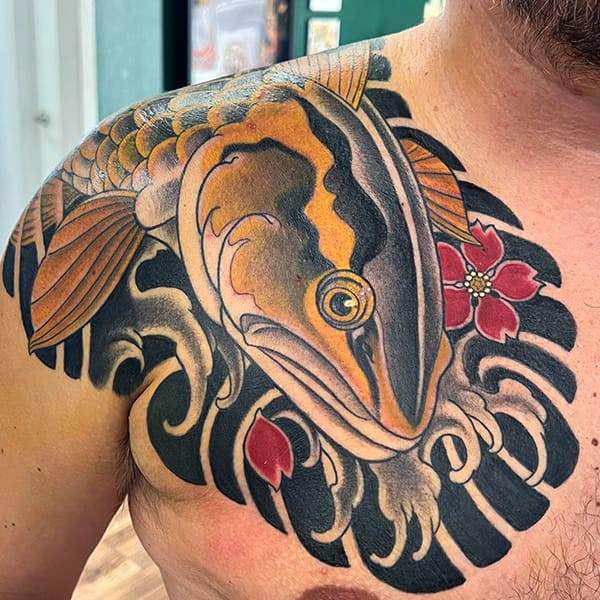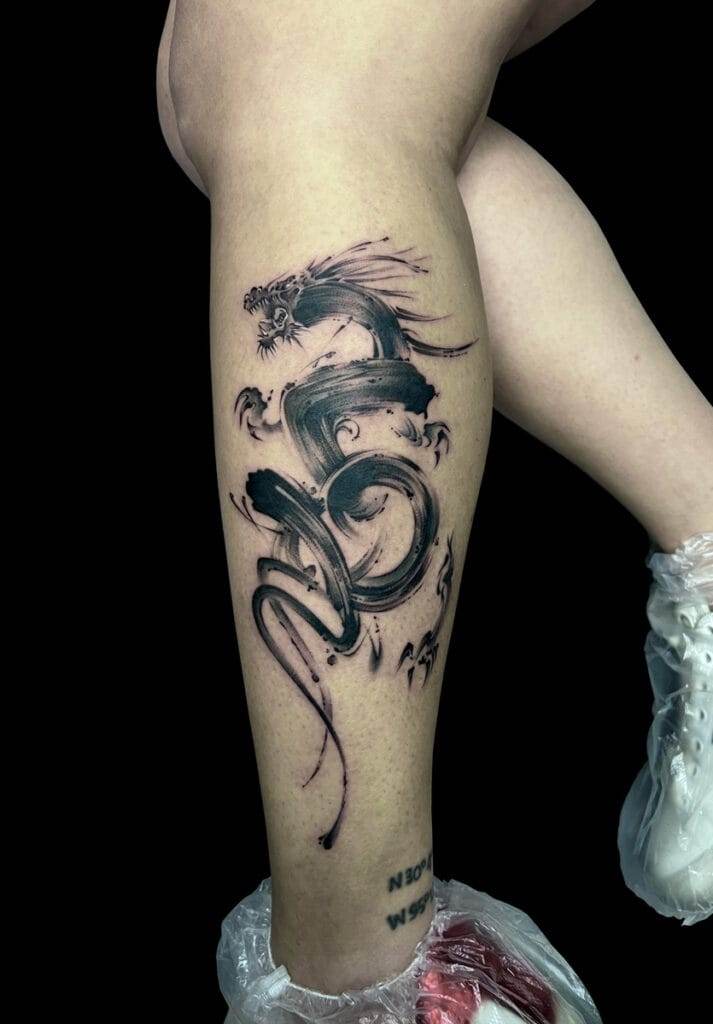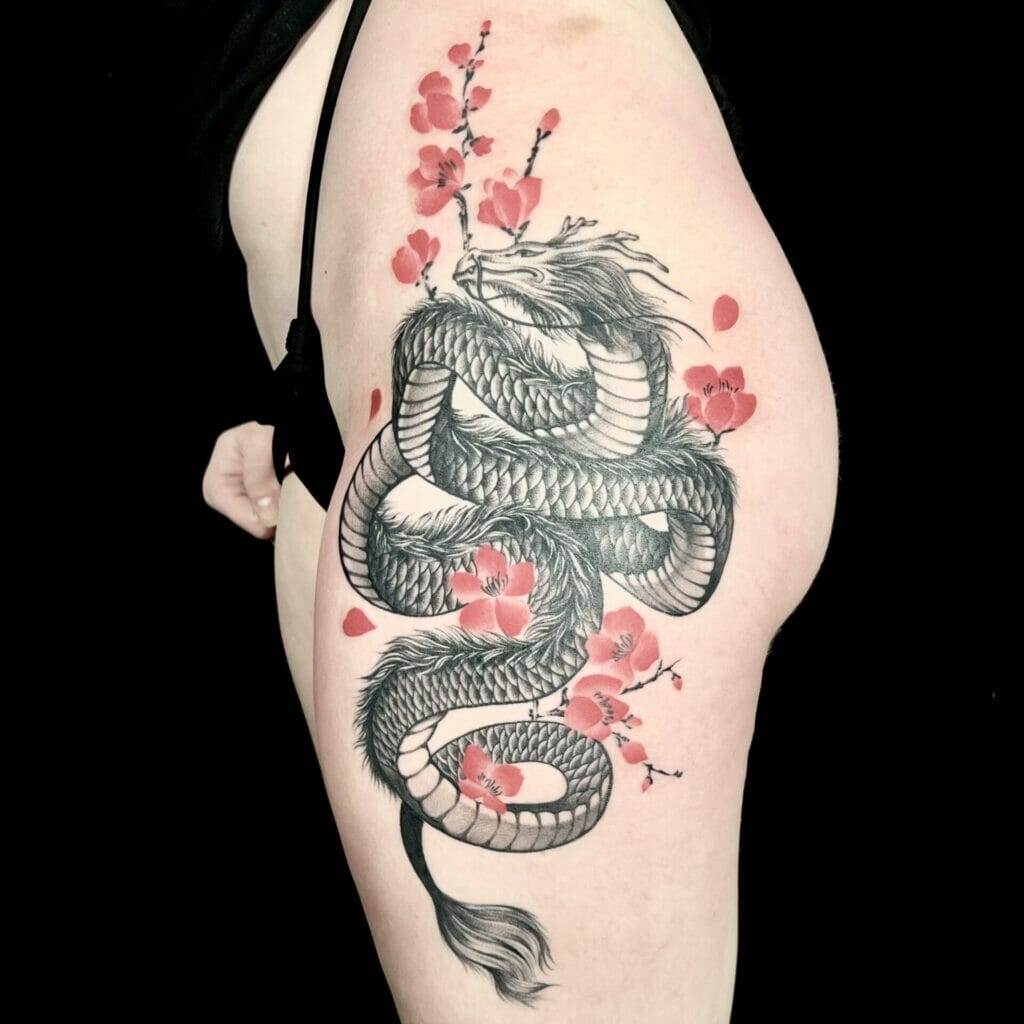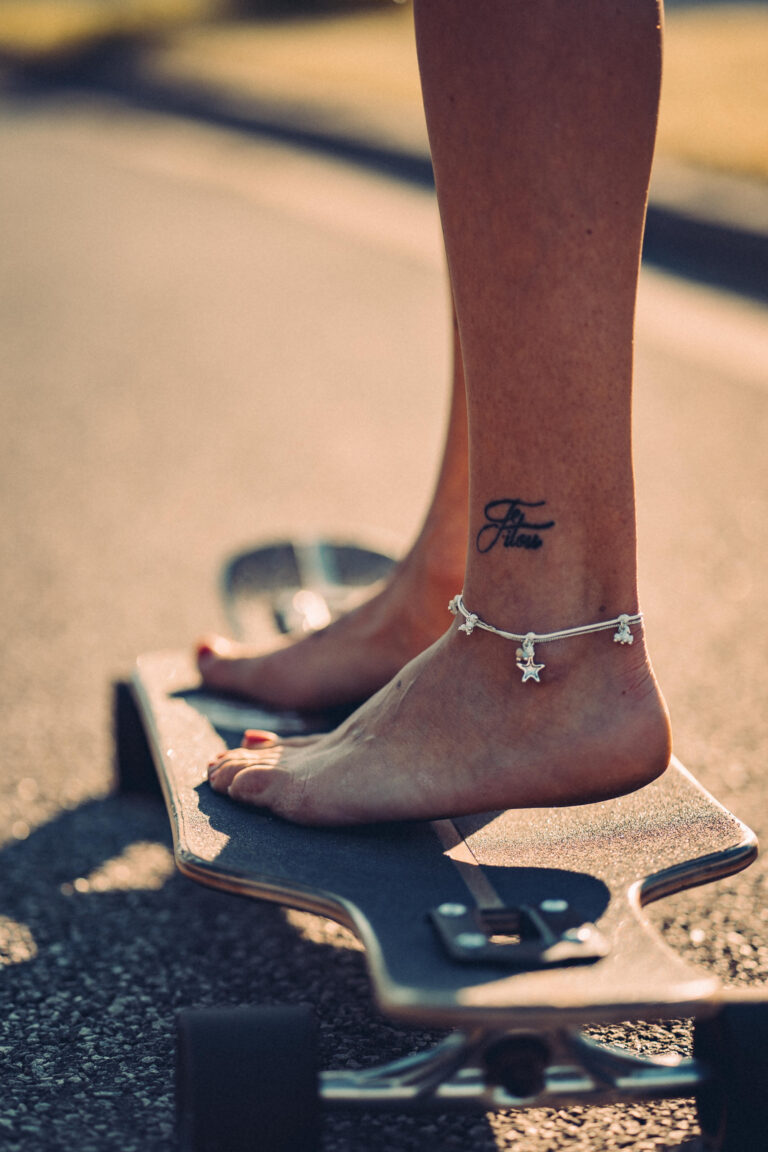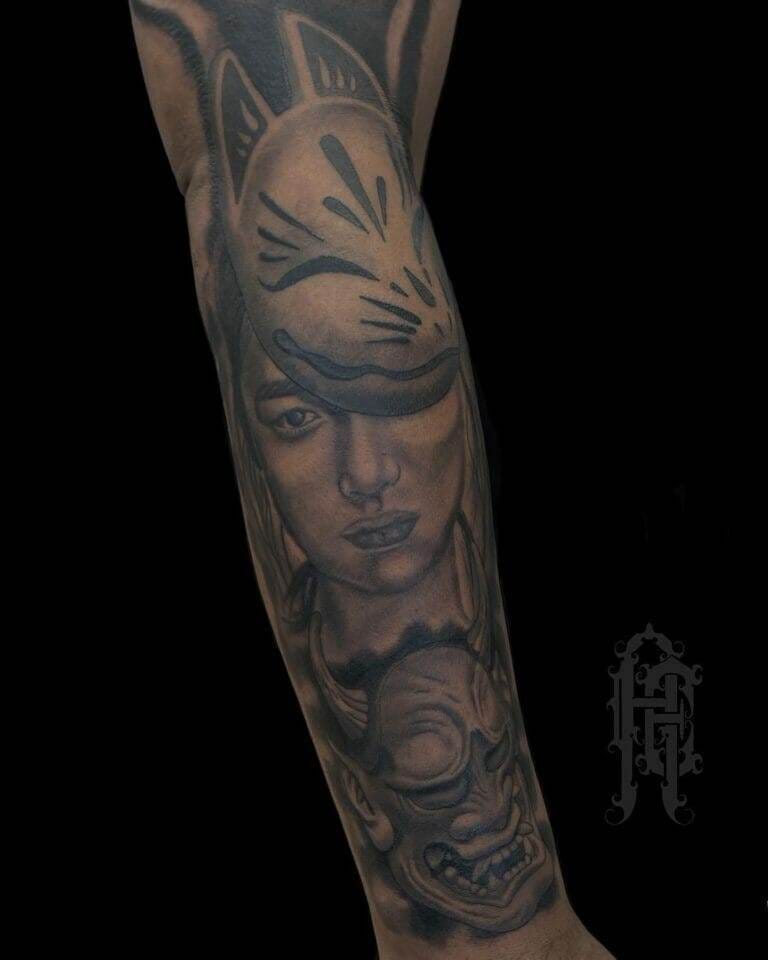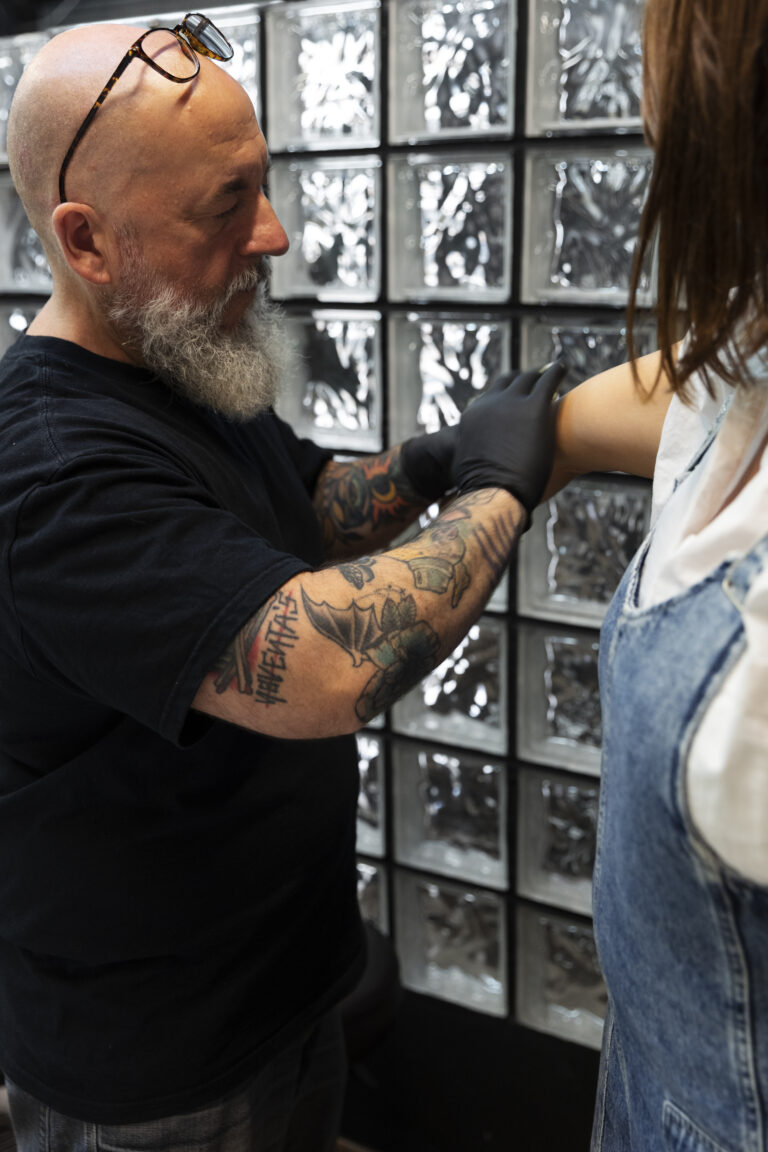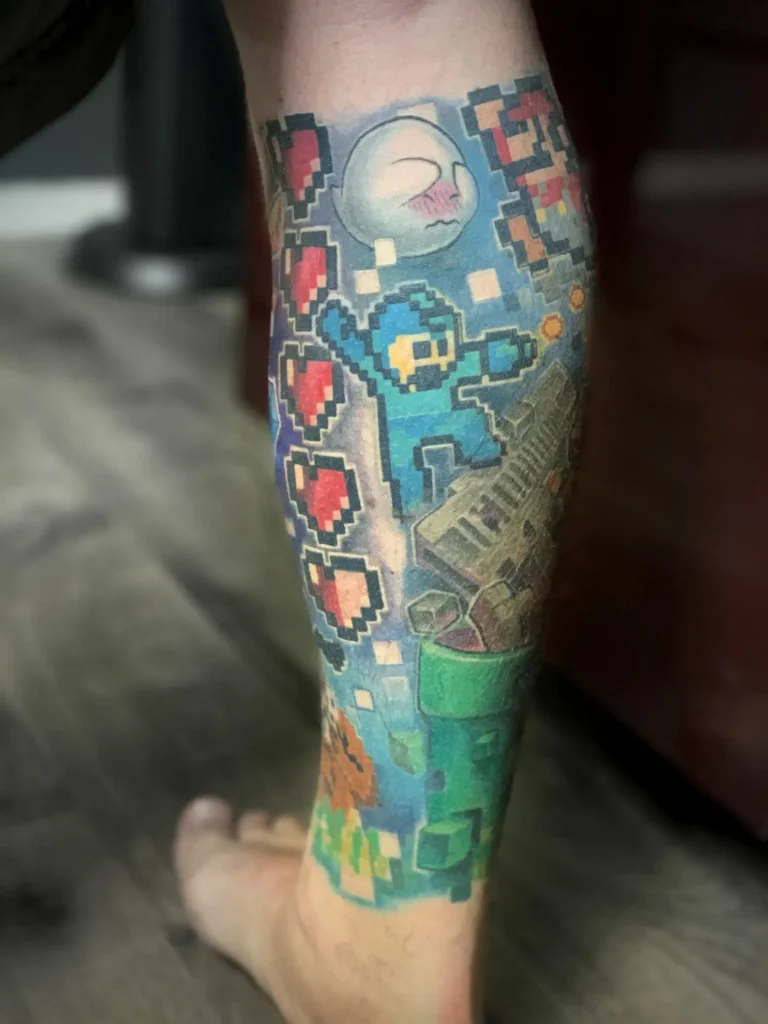Asian tattoos have become increasingly popular in contemporary society, with people from all walks of life embracing this ancient art form. From intricate designs to bold symbols, Asian tattoos have captivated the imagination of tattoo enthusiasts around the world. In this blog post, we will explore the historical and cultural significance of Asian tattoos, the symbolism and meaning behind popular designs, and the spiritual and religious aspects associated with this art form. Additionally, we will discuss the evolution of Asian tattoo artistry and the controversy and stigma that still surround tattoos in some Asian societies. Ultimately, we will highlight the importance of preserving Asian tattoo traditions and how they contribute to the enduring legacy of this art form.
The Historical and Cultural Significance of Asian Tattoos
Tattoos have a long history in Asia, dating back thousands of years. In ancient times, tattoos were used for various purposes, including identification, protection, and spiritual beliefs. In Japan, for example, tattoos were used to mark criminals as a form of punishment. However, over time, tattoos became associated with the yakuza, or Japanese mafia, and were seen as a symbol of rebellion and defiance against societal norms.
In other parts of Asia, such as Thailand and Cambodia, tattoos were used for spiritual and religious purposes. Buddhist monks would often receive sacred tattoos known as Sak Yant to provide protection and blessings. These tattoos were believed to possess magical powers and were highly revered in these societies.
The Role of Tattoos in Traditional Asian Societies
In traditional Asian societies, tattoos played a significant role in cultural practices and rituals. They were seen as a way to connect with one’s ancestors and to honor one’s heritage. Different types of tattoos held different meanings and were often specific to certain groups or tribes.
For example, in Polynesia, the Maori people had a rich tattooing tradition known as Ta Moko. These tattoos were unique to each individual and represented their genealogy, social status, and personal achievements. Similarly, in the Philippines, the indigenous people known as the Kalinga practiced traditional hand-tapped tattoos called Batok. These tattoos were a rite of passage for both men and women and symbolized bravery, strength, and beauty.
The Symbolism and Meaning of Popular Asian Tattoo Designs
Asian tattoo designs are known for their intricate details and rich symbolism. From dragons to koi fish, each design carries its own unique meaning. Dragons, for example, are a popular choice in Asian tattoos and symbolize power, strength, and good luck. Koi fish, on the other hand, represent perseverance and determination.
Lotus flowers are another common motif in Asian tattoos and are often associated with purity and enlightenment. The cherry blossom, a symbol of beauty and transience, is also a popular choice among tattoo enthusiasts. These designs not only showcase the artistic talent of the tattoo artist but also serve as a way for individuals to express their personal beliefs and values.
The Spiritual and Religious Significance of Asian Tattoos
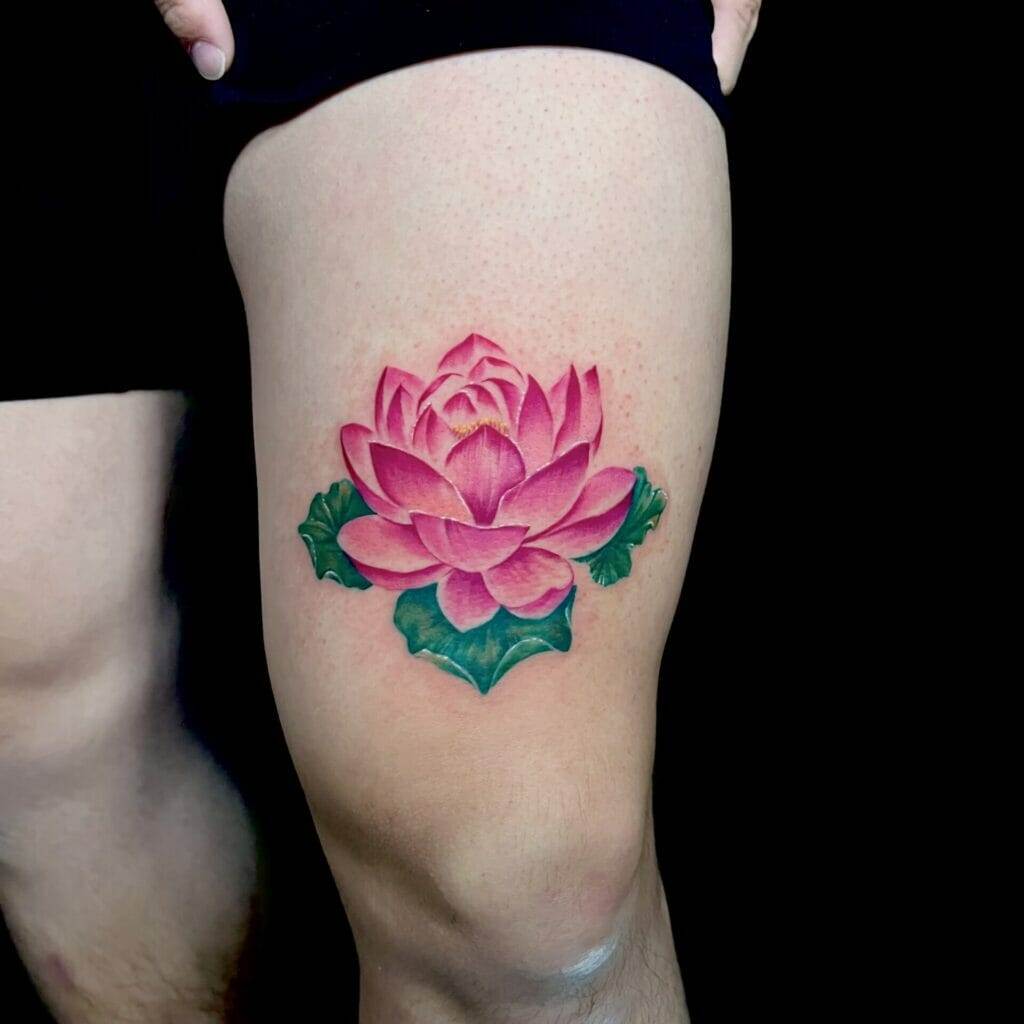
In many Asian cultures, tattoos hold deep spiritual and religious significance. They are believed to provide protection, guidance, and blessings. In Thailand, for example, Sak Yant tattoos are considered sacred and are believed to offer spiritual protection to those who wear them. These tattoos are often performed by Buddhist monks using traditional techniques and prayers.
Similarly, in Hinduism, tattoos are used as a form of devotion and worship. Many Hindus get tattoos of deities or sacred symbols as a way to connect with their faith. These tattoos serve as a constant reminder of their spiritual beliefs and can provide a sense of comfort and strength.
The Influence of Buddhism and Hinduism on Asian Tattoo Culture
Buddhism and Hinduism have had a significant influence on Asian tattoo culture. Both religions emphasize the importance of spiritual enlightenment and the pursuit of inner peace. This is reflected in the symbolism and meaning behind many Asian tattoo designs.
In Buddhism, for example, the lotus flower is a powerful symbol of purity and enlightenment. It represents the journey towards spiritual awakening and the ability to rise above adversity. Similarly, in Hinduism, the Om symbol is often incorporated into tattoo designs. This sacred sound represents the essence of the universe and is believed to bring peace and harmony to those who wear it.
The Evolution of Asian Tattoo Artistry
Asian tattoo artistry has evolved significantly over the years, thanks to advancements in technology and changing societal attitudes towards tattoos. In the past, tattoos were often done by hand using traditional techniques such as hand-tapping or bamboo stick methods. These techniques required a high level of skill and precision.
However, with the advent of modern tattoo machines, artists are now able to create more intricate designs with greater ease. This has allowed for more creativity and experimentation in Asian tattoo artistry. Today, artists are able to incorporate different styles and techniques from around the world, resulting in a fusion of traditional Asian motifs with contemporary tattoo art.
The Modernization of Asian Tattoos in Contemporary Society
Asian tattoos have become more mainstream in contemporary society, with people from all backgrounds embracing this ancient art form. In the past, tattoos were often associated with rebellion or criminal activity. However, attitudes towards tattoos have changed significantly in recent years.
Today, tattoos are seen as a form of self-expression and personal identity. Many people choose to get Asian tattoos as a way to connect with their heritage or to pay homage to a particular culture or tradition. Asian-inspired designs have also become popular among non-Asian individuals who appreciate the beauty and symbolism behind these tattoos.
The Controversy and Stigma Surrounding Asian Tattoos
Despite the growing acceptance of tattoos in many parts of the world, there is still a certain level of controversy and stigma surrounding Asian tattoos, particularly in some Asian societies. In Japan, for example, tattoos are often associated with the yakuza and are still seen as a symbol of criminal activity. Many public establishments, such as hot springs and gyms, still have strict policies against allowing people with visible tattoos to enter.
Similarly, in South Korea, tattoos are often associated with gang culture and are still considered taboo in many social and professional settings. This stigma can make it difficult for individuals with tattoos to find employment or to be accepted by their peers.
The Importance of Preserving Asian Tattoo Traditions
Despite the controversy and stigma surrounding Asian tattoos, it is important to preserve the rich cultural traditions associated with this art form. Asian tattoos are not just a form of body art; they are a reflection of a society’s history, beliefs, and values. By preserving these traditions, we can ensure that future generations have a deeper understanding and appreciation for the cultural heritage of Asia.
Preserving Asian tattoo traditions also helps to maintain cultural identity. In a rapidly globalizing world, it is important to hold onto our unique cultural practices and traditions. Tattoos serve as a visual representation of our cultural heritage and can help to foster a sense of pride and belonging.
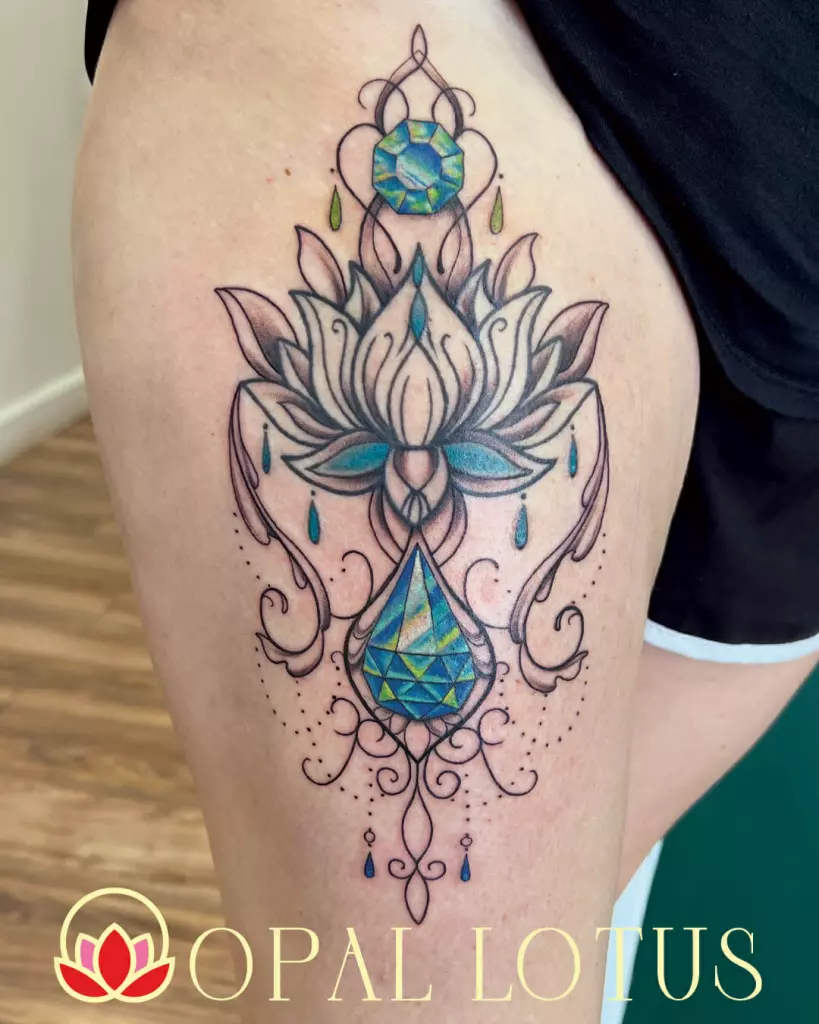
The Enduring Legacy of Asian Tattoos
Asian tattoos have a long and rich history that continues to captivate people around the world. From their historical and cultural significance to their spiritual and religious symbolism, Asian tattoos offer a glimpse into the diverse cultures and traditions of Asia. While there may still be controversy and stigma surrounding tattoos in some Asian societies, it is important to recognize the importance of preserving these traditions for future generations. By embracing the artistry and symbolism behind Asian tattoos, we can continue to celebrate the enduring legacy of this ancient art form.

